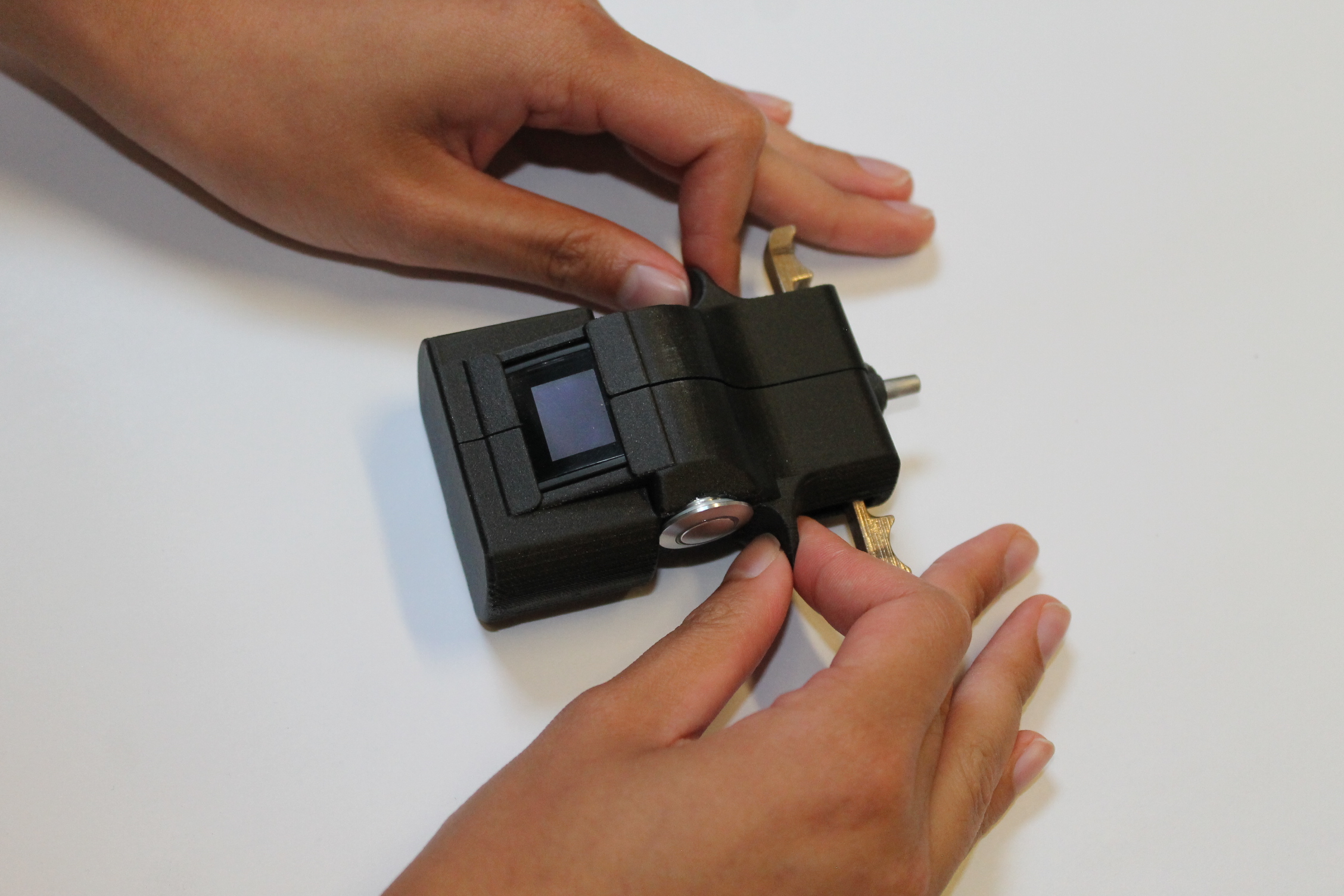Anesthesiology
DuraSafe EpiNavigator
Pressure Sensing Epidural Needle
VCU researchers have developed a device which has the potential to allow for the precise locating of the epidural space for all patients, regardless of differences in spinal anatomy. In current epidural procedures, the provider must tap on an air-filled syringe in order to evaluate the change in air resistance that occurs when the clinician reaches the epidural space. As a result, this method can be highly subjective and prone to human error. Misplaced and failed epidural needle placements can cause headaches, spinal cord damage, and spinal fluid leakage. These misplacements currently cost hospitals approximately $2 billion USD per year as a result of post-op care, procedural, and equipment costs. To help reduce the number of misplaced epidural needle placements, our researchers developed the DuraSafe EpiNavigator.
The technology
The DuraSafe EpiNavigator is able to quantify the pressure drop experienced when entering the epidural space, thus allowing for the precise placement of the needle. The device incorporates a pressure sensor which measures the change in pressure as the needle is navigated towards the epidural space. Once the epidural space is reached and the pressure values change, the display screen will flash to alert the provider that they are in the correct epidural space and can stop advancing the needle. The provider will then use an incorporated trigger ejection mechanism to safely release the needle and prevent further advancement or retraction of the needle. This process can allow for consistent and accurate epidural needle placement, giving the device the potential to increase patient and clinician safety, comfort, and confidence, while also saving time and money.

Figure 1. Depiction of the DuraSafe EpiNavigator Device and its key components
